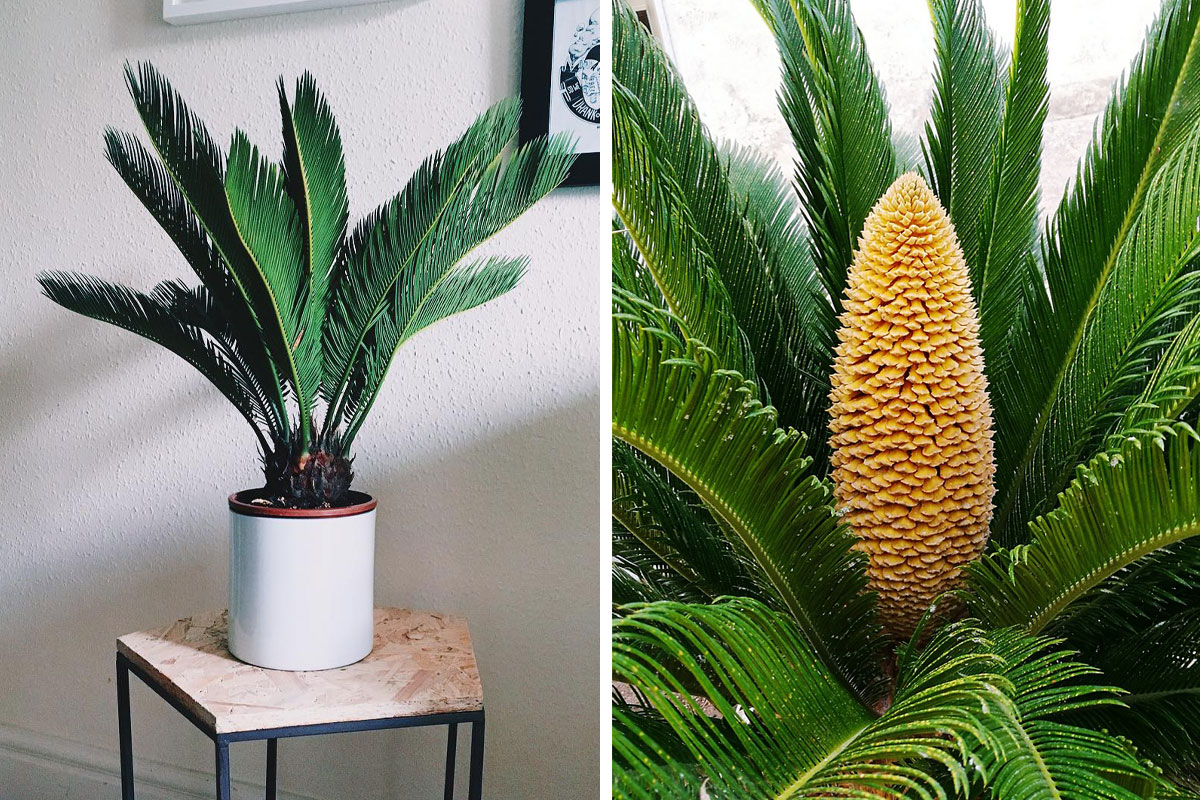
Sago Palm Care Guide: Easy-To-Grow And Perfect For Beginners
When we think of “tropical,” we envision lazy summer vacations, sultry afternoons for ice creams or chilled drinks, and pleasant palm trees. If you’re misty-eyed with nostalgia and yearning for a tropical touch in your house, why not let the miniature version of these tropical trees be a part of your house? Yes, we are talking about the sago palm tree!
Although they have the name and appearance of a palm, sago palms are actually cycads, a group of tropical and subtropical plants that are one of the most ancient. Native to warm parts of Japan, they are also called Japanese sago palms, with ancestors dating back to prehistoric times.
The history of these evergreen perennials is proof of their incredible survival instincts. If they can survive in nature for centuries, they can definitely thrive in your house or yard!
Everything about the ancient sago palms screams fascinating! And you can’t help but fall in love with its rich aesthetics that add a tropical touch to any space it inhabits. Plus, their easy-to-grow nature makes them all the more appealing.
If they have enticed you and you really wish to grow one in your house or yard, this guide will provide you with a helping hand. Whether you’re a beginner or a professional green thumb, just scroll below if you want to grow the healthiest sago palm tree.
- Sago Palm: Notoriously Slow-growing Plant
- Sago Palm Basics
- Is Sago Palm Poisonous?
- Where, When, and How to Plant Sago Palm
- Sago Palm Care Tips
- How to Propagate Sago Palm
- Common Pests
- Common Problems
- Types of Sago Palm
- Companion Plants for Your Sago Palm
- Sago Palm Landscape Ideas
- Go, Sago Palm!
- Clearing Your Doubts About Sago Palm (FAQ)
Sago Palm: Notoriously Slow-growing Plant
As incredibly slow-growing plants, they grow just a few inches and produce only one new frond yearly. It’s not their branches but rugged-textured trunks that grow long, stiff, and attractively glossy green fronds. These leaves emerge soft and fresh but stiffen as they grow, with margins that roll downward.
Even if sago palms take 50 years to reach their maximum height of 10 feet, they can grow to an astounding age of 200 years. Usually, when you plant them in the ground outdoors, they grow larger than they would as houseplants.
Unlike many plants, they don’t flower or fruit but create large cones that take 15 years or more to produce. Each plant can be a male or female, and both are necessary for pollination.
Sago Palm Basics
Is Sago Palm Poisonous?
A sago palm looks pretty and innocent when it resides in your house or yard. But don’t be fooled by its luscious looks. It contains the toxin cycasin, which is highly poisonous to humans and animals. Ensure you take all safety measures and place a sago palm where your beloved pets can’t reach it. If they ingest it by mistake, call the Animal Poison Control Center at (888) 426-4435 or contact your local veterinarian immediately. Even when caring for and propagating it, always handle the sago palm carefully.
You must be wondering, “If it’s highly toxic, why would I make it part of my family?” But with proper care and caution, this green miracle can add a phenomenal touch to any space it graces. In fact, its ornamental value is such that the Royal Horticulture Society (RHS) has honored it with the admirable Award of Garden Merit! If it’s good for them, it’s surely good for your living room.
Where, When, and How to Plant Sago Palm
The boon of sago palms is that they can be planted as houseplants in containers to be kept outside or directly in the ground outdoors. Basically, you can have a tropical spot in any part of your home. Just ensure they receive bright, indirect sunlight indoors and partial shade outdoors to live happily ever after (200 years does sound like ever after for us mortals).
Late winter to early spring marks the ideal time for transplanting a sago palm from its nursery container. Just make sure your new container is slightly bigger than the original one and has proper draining holes. And now, this indoor plant is ready to elevate your house!
If you want to plant it directly in the ground, ensure you pick a sunny spot with partial shade. Transplant the pups only when they have proper roots. Amend the soil with compost and sandy mix to improve drainage. Don’t plant it too deep, though, as this might halter its growth. Quench its thirst once or twice a week.
Sago Palm Care Tips
Although it’s a low-maintenance plant, basic care requirements are essential. Here are a few tips to help you keep your sago happy, healthy, and handsome.
Light, Soil, and Water Needs
A cheerful windowsill or a covered patio is the perfect environment to keep a sago palm happy. Beware that the leaves might get burnt if exposed to direct sunlight during hot afternoons.
On the other hand, too much shade can increase the chances of rot, causing sparse foliage. So, a spot with partial shade, bright, indirect light, or filtered sunlight is the ideal home for a sago palm tree.
Well-drained, slightly acidic to neutral soil (pH of 5.5 to 6.5) enriched with organic elements will keep a sago palm healthy. As it’s drought-tolerant, don’t overwater or underwater it. Overwatering will cause rot, while underwatering will turn the foliage brown. Keep the soil consistently moist. You can slightly reduce the watering cycles when the plant becomes dormant in winter.
RELATED: Air Plants Require No Soil: Full Care And Design Guide
Temperature and Humidity
Warm and humid conditions will keep a sago palm thriving. Despite its love for a warm environment, it can survive in cold temperatures for a short period. However, if you plant it in an outdoor container, move it inside if the temperature goes below 50°F.
If you are growing sago palm as an indoor houseplant, keep it away from drafts and vents. And, if you notice it’s struggling indoors, place it over a humidity tray or buy a humidifier.
RELATED: Best Humidifier in 2024 Ranked By People’s Reviews
Fertilizer Requirements
Feed your sago palm tree twice or thrice every year from spring to fall. A slow-release fertilizer specially formulated for palm trees will give excellent results. To feed the tree with the right amount of fertilizer, refer to the label instructions on the product.
Pruning
A benefit of the sago palm is that it rarely needs pruning. You just have to remove dead leaves or damaged fronds, if any. Don’t remove the yellow leaves, though, as it might damage the plant. However, if you wish to remove them, only cut the ones at the bottom of the circumference using sanitized shears.
Overwintering
If you live in a region that experiences cold temperatures, protect your sago palm from frost damage. Covering it with a frost blanket or a burlap bag will ensure its safety. Remove the blanket when the frost melts. If you’ve planted it in a container, move it indoors during winter.
Potting and Repotting
The slow-growing sago palm can be repotted after roughly three years. But replacing the soil with a fresh one every spring will result in the healthy development of the plant. Potting soil that consists of peat moss and sand is ideal for this plant.
Moreover, soggy soil can damage the plant. So, choose a terra-cotta or an unglazed pot that will soak up the additional moisture from the soil. It should be 2–3 inches larger than the old container and have proper drainage holes.
How to Propagate Sago Palm
A sago palm can be propagated by division or by planting seeds. Let’s look at both ways, and you can pick the one that’s more convenient for you.
Propagating Sago Palm from ‘Pups’
As the sago palm matures (around 15 years), it develops a cluster of baby plants called pups, offsets, or suckers at the base of the plant. You can separate these pups from the parent plant and use them for propagation. Just follow these easy steps.
Step 1: When you notice the pups, wiggle off the new ones with your hand. The older pups can be difficult to remove. In that case, use a sanitized knife or scissors. Try to remove the pups with the taproot still attached.
Step 2: Place the pup in a shaded spot for a few days and let it dry.
Step 3: Take a small pot just a couple of inches larger than the pup and fill it with potting soil with excellent drainage. Plant the pup in this pot.
Step 4: Keep the plant in a shaded spot. Water it thoroughly and let it dry out between the cycles. Within a few months, it will develop roots.
Growing Sago Palm from Seeds
The sago palm seeds can be male or female, and the plant can grow from both. They vary in color from vibrant red to orange. However, only the seeds that have undergone successful pollination and fertilization will germinate.
To determine the pollinated ones, place all the seeds in warm water. The pollinated ones will sink, and these are the ones that will grow into plants. Now, all you have to do is follow the steps below.
Step 1: Take the pollinated seeds and soak them for 24 hours. This will soften the outer husk, making it easy to remove.
Step 2: Plant these seeds in a pot with seed starting mix.
Step 3: Place it in a warm place and keep the soil moist.
Step 4: The seeds will take a few months to germinate. Once they grow, you can repot your new baby plant in a proper container.
Safety Tip: Sago palm seeds are more poisonous than the plant itself. Make sure you wear gloves when handling them.
Common Pests
The hardy sago palms are undeterred by most pests and diseases. However, scale is their sworn nemesis. Scales are white or brown insects that eat the leaves. As they don’t move, they can be difficult to spot.
Moreover, scales have a hard, waxy coating that protects them from most insecticides, so it can be challenging to eliminate them. Nevertheless, systemic insecticide is an effective way to fight them.
Also, keep an eye out for spider mites and tiny bugs. To ensure the good health of your sago palm, use organic insecticides like neem oil or insecticidal soap rather than strong chemicals.
Common Problems
Even the toughest of plants face some problems. A small change in your care routine can lead to these problems. But mistakes happen. Don’t panic; try to determine the cause of the problem so that you can easily treat your sick sago palm. Here are the most common problems with solutions.
Safety Tip: The sharp thorns, stiff leaves, or leaf tips can cause injuries. Ensure that you wear gloves while gardening or handling the sago palm.
Root Rot
Signs: Wilting or discolored leaves, leaf drop, or an oozing black stain on the trunk.
Reason: Overwatering or compact soil with poor drainage.
Solution: Remove the infected leaves and use a fungal spray.
Sooty Mold
Signs: Soot or dirt-like small black spots on the leaves and stem.
Reason: Secretions that the small bugs leave behind.
Solution: Wash off each black spot with a steady stream of water.
Yellowing
Signs: Yellowing of all of the fronds.
Reason: Manganese deficiency in the soil.
Solution: Apply manganese sulfate powder to the soil at least twice yearly.
Note: As a sago palm tree grows old, its oldest leaves on the lower ring will turn yellow. This yellowing is a natural cycle, so don’t be in a hurry to get rid of these leaves. Remove them only when they go brown and die.
Types of Sago Palm
Sago palms come in various species. Their appearances and varying sizes help in distinguishing them. Let’s take a closer look at each one.
Queen Sago (Cycas rumphii)
Although it’s a shrub, the queen sago grows more like a tree, reaching a towering height of 15 feet.
Queen Sago Palm (Cycas circinalis)
The queen sago palm is native to India. Its tree-like appearance can reach a height of 10 feet.
King Sago Palm (Cycas revoluta)
The king sago palm is smaller than the other species, growing up to 8 feet tall. Its size makes it perfect as a houseplant, making it the most cultivated species.
True Sago Palm (Metroxylon sagu)
As its name suggests, it’s a true palm belonging to the botanical family, including other palm trees.
Companion Plants for Your Sago Palm
Your sago palm tree might get lonely. Give it a few friends and neighbors by planting these companion plants to enhance its beauty. With similar care requirements, they’ll thrive together, creating a pleasant and refreshing space.
- Snake Plant
- Bird of Paradise
- Bougainvillea
- Red Yucca
- Bulbine
- Indian Hawthorn
- Dwarf Chenille
- Ti Plant
- Ponytail Palm
Sago Palm Landscape Ideas
The stunning sago palms will provide a welcoming tropical environment to your landscape. If you plant them in containers, they can exquisitely frame a pool or a pathway.
To turn your patio into an exotic retreat, place them in a cluster or at the edges. Moreover, they function as phenomenal patio plants, giving a bold touch to the entrance. Plus, they can beautify the windowsills or instantly jazz up a sunroom.
The drought-tolerant sago palms are also perfect for xeriscape landscaping, where you can play with tropical or desert themes. They can even elevate Mediterranean, rock, or gravel gardens or spruce up beds and borders.
Feel free to create a base for your sago palm using mulch. Along with weed separation and conserving the moisture in the soil, it will add a natural, raw touch to your front yard or backyard.
Go, Sago Palm!
The ornamental sago palm is waiting to turn your space into an exotic wonderland. All you have to do is open the doors of your house (and heart) and let it enter. Then, with minimal care and caution, let it unfold its natural charisma and glamorize the place it adorns.
So, are you ready to let it grace your space? Let us know in the comments. Also, share this with your friends and family complaining about those high-maintenance houseplants. And if you’re looking for other easy-to-grow houseplants, check out our guides for the adorable spider plants or the gorgeous lilac!
Clearing Your Doubts About Sago Palm (FAQ)
Is My Sago Palm Male or Female?
If your plant has a slender, conical structure, it’s a male sago palm. However, if your plant has a dome-shaped structure, it’s a female sago palm.
What Are the Disadvantages of Sago Palms?
Although sago palms are easy to grow and maintain, they have certain disadvantages. Here are the ones to consider before you opt to let a sago palm be a permanent resident of your house or yard:
- Every part of the sago palm is highly toxic for humans and animals.
- Sago palms have an extremely slow growth rate; not an ideal choice if you are looking for fast-growing plants to adorn your space.
- Once they reach their mature size, they might outgrow the space where they were previously planted.
- They are susceptible to damage if exposed to frost in cold regions.
- Their stiff leaves are quite sharp and might cause injuries, especially if kids accidentally touch them.
What Are Sago Palms Good for?
Sago palms are good for ornamental purposes or landscaping. As houseplants, they are also suitable for indoor natural decoration.
6Kviews
Share on Facebook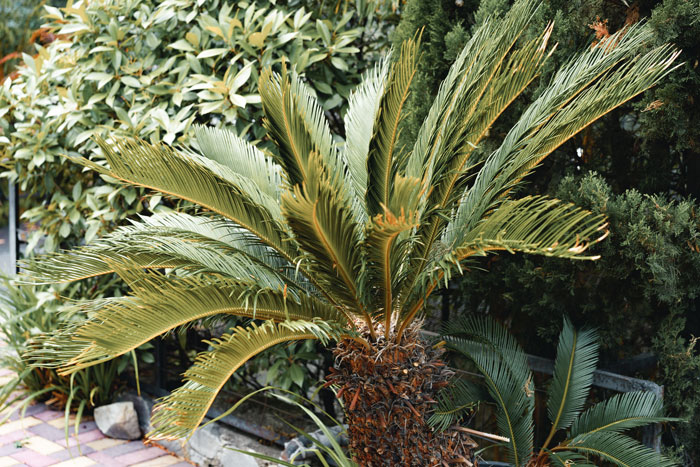 Image credits:
Image credits: 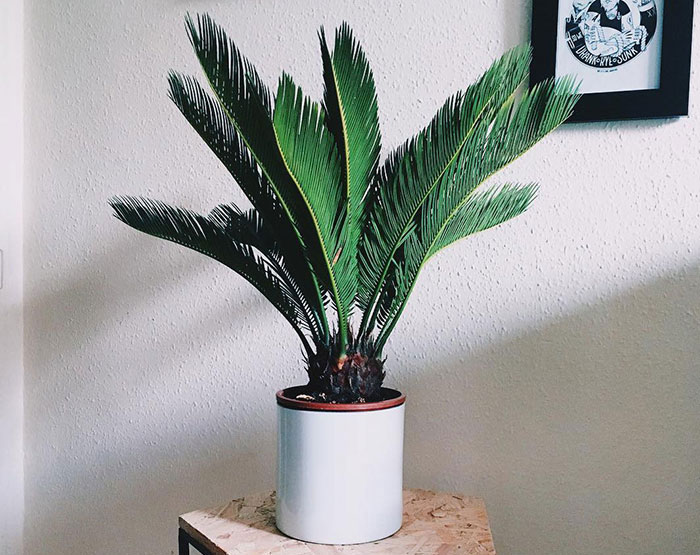 Image credits:
Image credits: 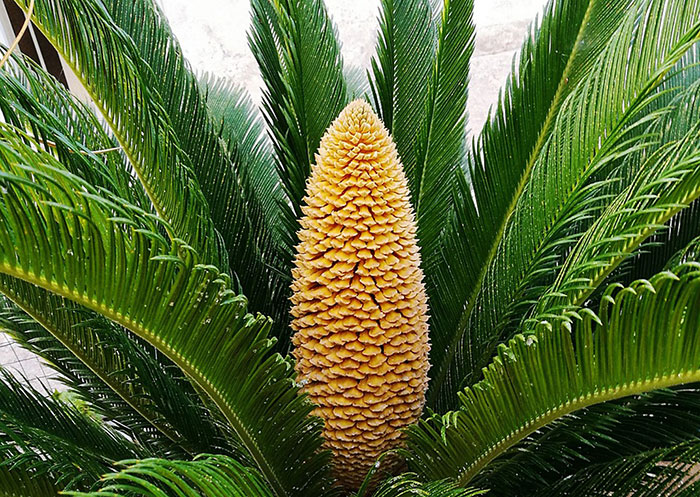 Image credits:
Image credits: 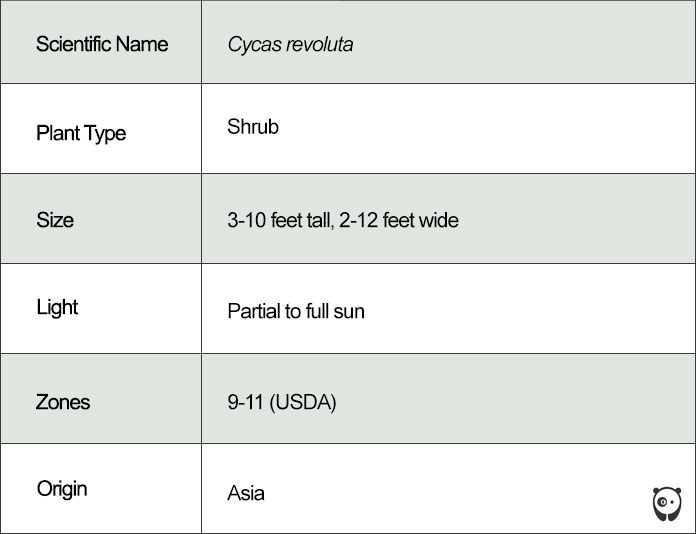
 Image credits:
Image credits: 





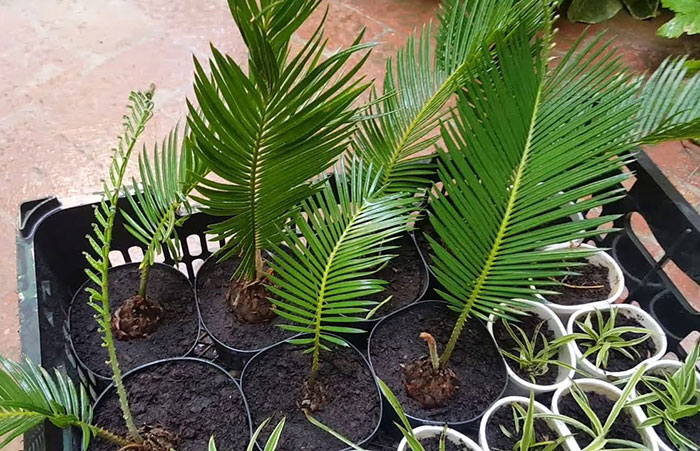 Image credits:
Image credits: 



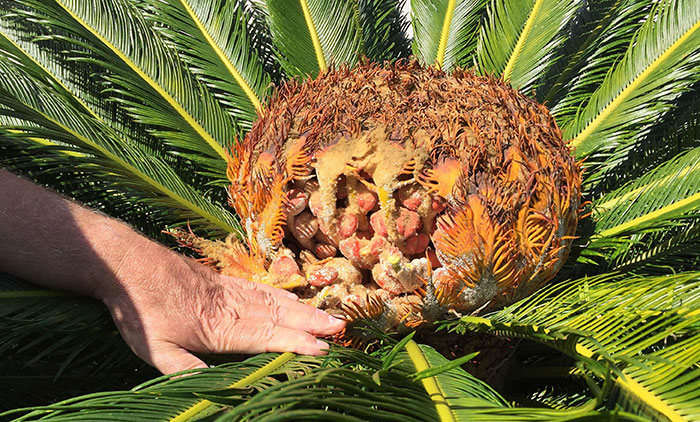 Image credits:
Image credits: 



 Image credits:
Image credits: 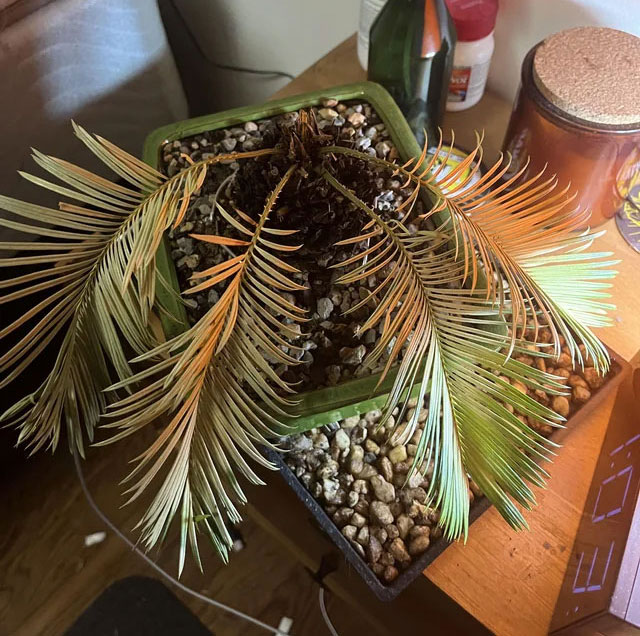 Image credits:
Image credits: 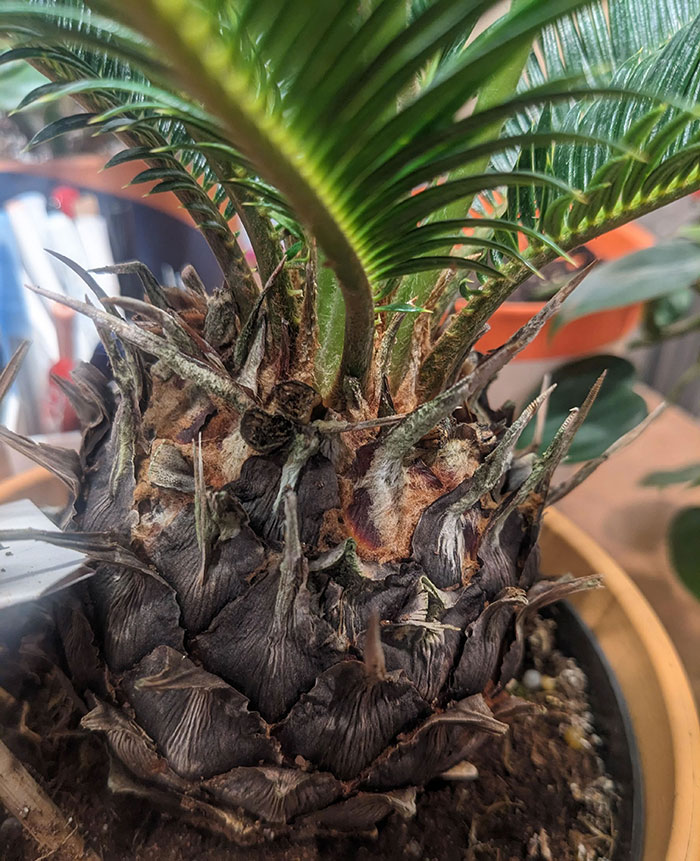 Image credits:
Image credits: 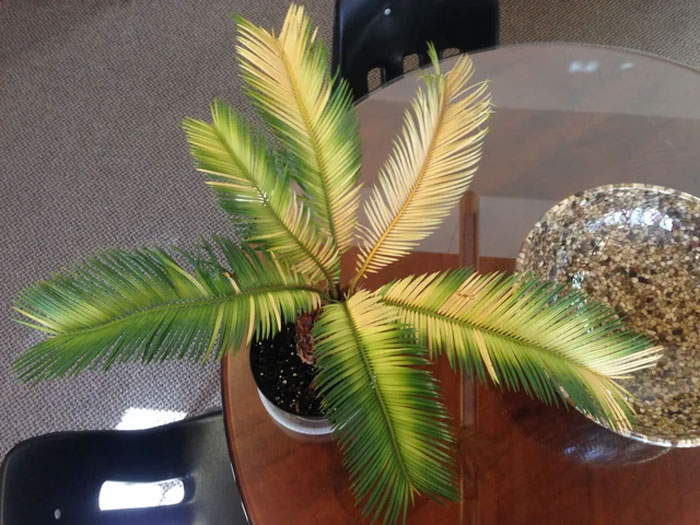 Image credits:
Image credits: 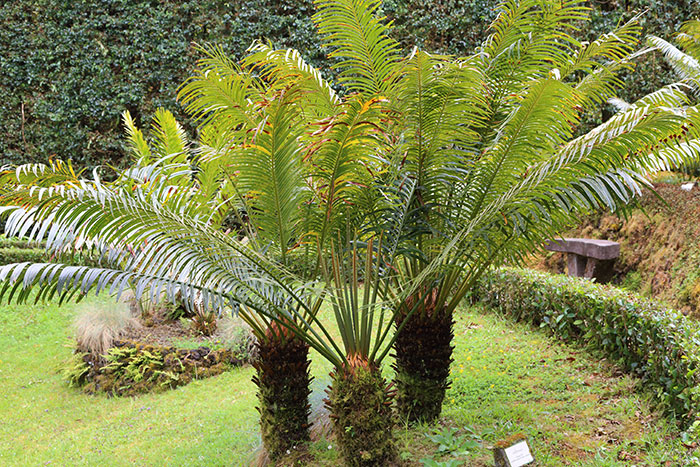 Image credits:
Image credits:  Image credits:
Image credits: 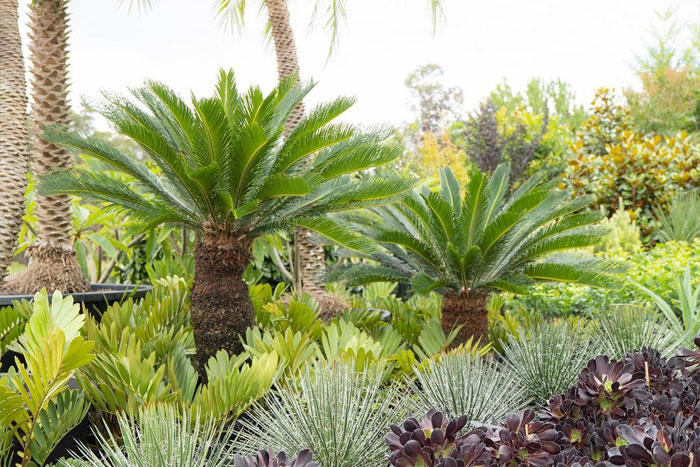 Image credits:
Image credits:  Image credits:
Image credits:  Image credits:
Image credits: 
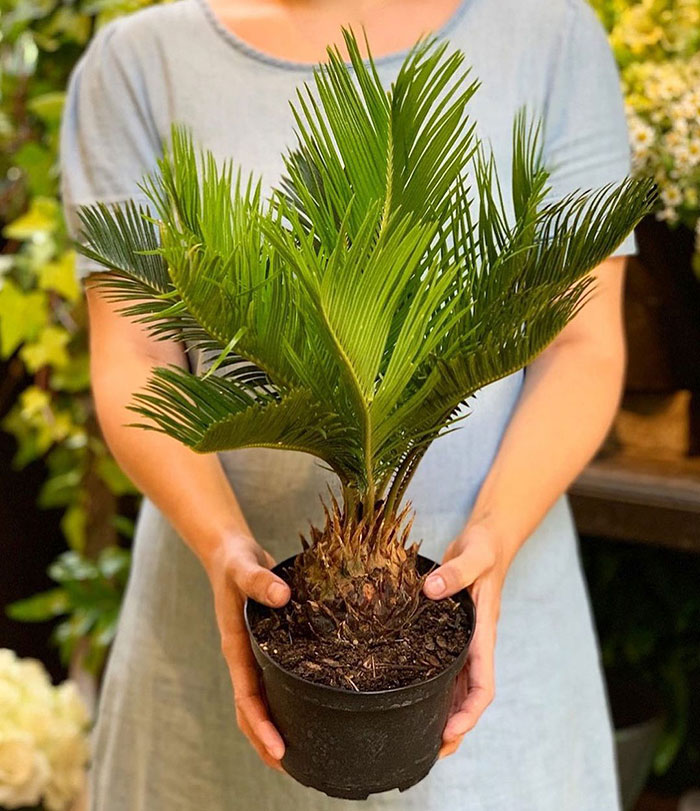 Image credits:
Image credits: 



11
1